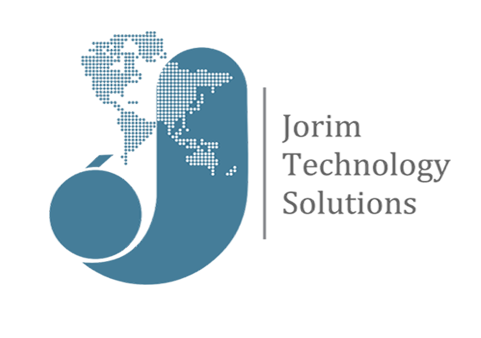Cloud Solutions
Jorim's cloud managed services span provisioning of Infrastructure-as-a-Service (IaaS), Platform-as-a-Service (PaaS), Software-as-a-Service (SaaS), Enterprise-as-a-Service (EaaS), Database-as-a-Service (DBaaS), and Disaster Recovery-as-a-Service (DRaaS).
Cloud is a major component of digital transformation. 89% of enterprises use a multi-cloud strategy, with 2.6 public clouds used by enterprises on average, in addition to 1 or 2 internal private clouds. This means that organizations need a partner that can help them reduce the complexity of the multi- and poly-cloud world.
Jorim offers a range of subscription and consumption solutions from all major cloud providers thanks to our advanced relationships with technology leaders.
Cloud-hosted frameworks allow enterprises to apply generative design algorithms, emerging production systems such as 3D printing, and big data engines for machine learning and deep learning. In addition, it supports ‘digital twinning’ to identify bottlenecks, predict failures, and improve process efficiency. Further, cloud solutions allow data scientists to prepare data for building, training and deploying cognitive automation models, which is an imperative for a digital factory.
Our data encryption methods, tools for secure transfer of chip layout design, industry-specific control mechanisms, and audit services address reliability as well as latency issues in cloud-based silicon design and development.
We develop custom APIs for cloud to cloud migration and integration of as-a-service models of diverse cloud providers, including AWS Cloud, Microsoft Azure, and Google Cloud Platform.
We combine DevOps automation tools and open source technologies, such as Spark, Hadoop and Hive, to simplify backend services, improve service quality, and maximize cloud architectures. Notably, our dashboards for real-time monitoring of cloud services eliminate over-provisioning of compute resources.
SaaS vs PaaS vs IaaS: management ease vs. control
SaaS, Paas, IaaS are not mutually exclusive—most organizations use more than one, and many larger organizations today use all three, often with traditional IT.
Obviously, the as-a-service solution a customer chooses depends first on the functionality the customer requires, and the expertise it has on staff. For example, an organization without the in-house IT expertise for configuring and operating remote servers isn't well matched to IaaS. An organization without a development team has no need for PaaS.
But in some cases, any of the three 'as-a-service' models will offer a viable solution. In these cases, organizations typically compare the alternatives based on the management ease they offer versus the control they give up.
For example, suppose that a large organization wants to deliver a customer relationship management (CRM) application to its sales team. It might:
- Choose a SaaS CRM solution, offloading all day-to-day management to the third-party vendor, but also giving up all control over features and functionality, data storage, user access and security.
- Choose a PaaS solution and build a custom CRM application. In this case, the company would offload management of infrastructure and application development resources to the cloud service provider. The customer would retain complete control over application features, but it would also assume responsibility for managing the application and associated data.
- Build out backend IT infrastructure on the cloud by using IaaS, and use it to build its own development platform and application. The organization's IT team would have complete control over operating systems and server configurations, but also bear the burden of managing and maintaining them, along with the development platform and applications that run on them.
